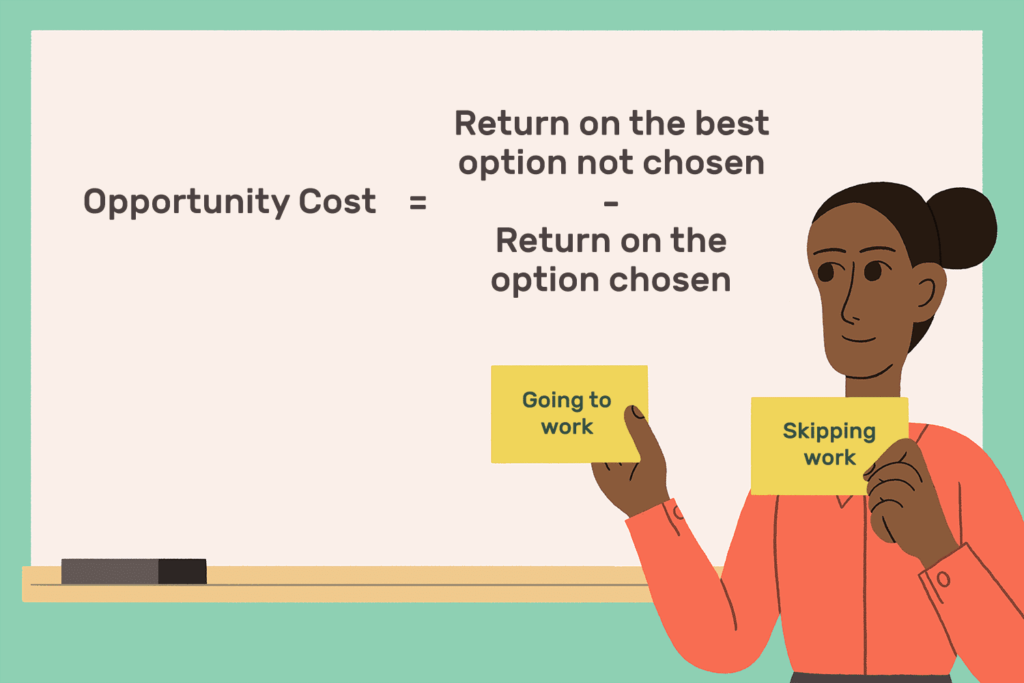Risk Management: A Comprehensive Guide to Protecting Your Business
Buckle up, folks! Risk management might sound like a boring, corporate buzzword, but it’s actually your ticket to smooth sailing through the crazy, unpredictable ride of life and business. Imagine running a business without any breaks or guardrails—sounds terrifying, right? That’s where risk management swoops in to save the day. Let’s dive into this thrilling world, cover the highs, the loops, and the safety nets you need!
🎡 What is Risk Management? 🎡
Picture this: It is like being the safety engineer on a roller coaster. It’s all about identifying, assessing, and controlling risks that could derail your business, projects, or goals. Think of it as putting on a seatbelt and double-checking the nuts and bolts before you hit the track. By spotting potential hazards ahead of time, you can keep your ride smooth and your thrills… controlled.
🎯 The Risk Management Process: Step-by-Step to Safety! 🎯
Here’s your step-by-step guide to making sure the roller coaster stays on track (and doesn’t give you an unexpected drop):
-
- Risk Identification: You can’t fix what you don’t see. First, spot all the potential bumps and potholes on the road. Risks can come from anywhere—market fluctuations, new competitors, or even unpredictable events like pandemics (hello 2020!).
-
- Risk Analysis: Now, rate those risks. How likely are they to happen, and how disastrous could they be? It’s time to size them up and categorize them.
-
- Risk Evaluation: Time for judgment. Prioritize your risks based on their severity and decide what to deal with first.
-
- Risk Treatment: Once you’ve lined them up, it’s time to act! Either reduce, transfer, avoid, or accept the risk (more on strategies below!).
-
- Monitoring & Reviewing: Just because you’ve strapped in doesn’t mean you stop paying attention. Keep reviewing risks regularly—you never know when the next loop is coming!
🛡️ Risk Management Strategies & Treatment: Choose Your Adventure 🛡️
So, you’ve identified and analyzed your risks. Now what? Here are some strategies to treat them:
-
- Avoidance: This is like skipping a roller coaster entirely. You eliminate the risk by changing the plan altogether.
-
- Reduction: Tighten the bolts! Reduce the impact or probability of the risk through preventive measures.
-
- Sharing or Transferring: Hand off that risk to someone else. Think insurance or outsourcing—share the burden to protect your business.
-
- Acceptance: Sometimes you just have to hold on tight. If the risk is minor or unavoidable, you accept it and keep going.
⚖️ Limitations: No Ride is Perfect ⚖️
Let’s get real. Even the best-laid plans have limitations. Here are a few:
-
- Uncertainty: Risks are unpredictable by nature. Even the best forecasting can’t cover everything.
-
- Cost: Some risks are too expensive to mitigate. Your budget might be the limit on how much you can handle.
-
- Human Error: Hey, we’re all human. Miscommunication or bad judgment calls can sometimes throw a wrench in even the most polished plans.
🔧 Related Solutions: Gearing Up for the Ride 🔧
It doesn’t live in a vacuum—there are tools and solutions to make your life easier. From sophisticated risk management software to hiring expert consultants, you’ve got options! These tools help automate the identification, tracking, and analysis of risks, giving you real-time updates and saving you from manual headaches.
-
- Project management tools like Asana, Jira, or Trello
-
- Risk analysis tools like Palisade @RISK
-
- Business continuity software like Quantivate
🚀 Take the Next Step: Ready for a Smooth Ride? 🚀
Now that you know how to manage risk like a pro, it’s time to take the next step! Start by auditing your business or project for potential risks. Use the process we talked about and implement the right strategies. Don’t forget to invest in some good risk management tools or seek expert advice if you feel unsure.
Key takeaway: It isn’t about eliminating risk—it’s about being prepared, staying cool, and riding the highs and lows with confidence.
🛠️ Resources to Keep the Ride Going 🛠️
Need more info? Check out these handy resources to fine-tune your risk management skills:
-
- Books: The Essentials of Risk Management by Michel Crouhy, Dan Galai, and Robert Mark
-
- Courses: Risk Management Certification by Coursera or Udemy
-
- Tools: @RISK for Excel, RiskWatch, and more
So, Ready to Be the Hero of Your Own Roller Coaster?
Risk management isn’t the boring safety briefing you skip at the start of the ride. It’s the key to making sure you hit every twist and turn of your business journey without derailing. Master it, and you’re in for one wild—but controlled—adventure!
An example of a risk management strategy is…
Looking for an example of a risk management strategy that’s not as boring as watching paint dry? Buckle up! Imagine you’re on a pirate ship (because, why not?), and a storm is brewing. You’re not just going to let the ship sink, right? That’s where risk management comes in! Let’s say you stash half your treasure in the hold and the other half on a desert island for safekeeping. That’s diversifying your assets—a classic risk management strategy.
In the corporate world, it’s similar! A company might spread investments across various sectors. If one market crashes, they won’t lose everything. This kind of smart thinking is an example of a risk management strategy that keeps the ship sailing smoothly. So, the next time you hear “risk management,” think of pirates, treasure, and a storm—but now, you’re ready to weather it! Keep calm, and manage on!
FAQs:
1. What is risk management?
This is the process of identifying, assessing, and controlling potential risks that could negatively affect an organization or project. This involves analyzing potential threats, evaluating their impact, and implementing strategies to minimize or eliminate these risks.
2. Why is risk management important?
It helps organizations avoid financial losses, improve decision-making, and ensure business continuity. By proactively addressing risks, businesses can reduce the likelihood of negative outcomes and enhance their chances of achieving their goals.
3. What are the key steps in risk management?
The key steps:
. Risk identification: Recognizing potential risks.
-
- Risk assessment: Evaluating the probability and impact of each risk.
-
- Risk mitigation: Implementing strategies to manage or eliminate risks.
-
- Monitoring: Continuously reviewing risks to ensure they are managed effectively.
4. What are common types of risks in business?
Common risks include financial risks (e.g., market fluctuations), operational risks (e.g., supply chain disruptions), compliance risks (e.g., legal issues), and reputational risks (e.g., negative publicity).
5. How can businesses minimize risks?
Businesses can minimize risks by conducting thorough risk assessments, developing risk management plans, diversifying investments, and regularly monitoring and updating risk strategies.
6. What tools are used for risk management?
This tools include software for risk assessment, financial modeling, and scenario analysis. Popular tools include Monte Carlo simulations, risk registers, and decision tree analysis.
7. What is a risk management plan?
This plan is a documented approach outlining how an organization will handle potential risks. It includes identified risks, mitigation strategies, and roles and responsibilities for risk management.
8. How often should risk management be reviewed?
It should be reviewed regularly, especially after significant changes in the organization, market conditions, or external environment, to ensure strategies remain effective.


